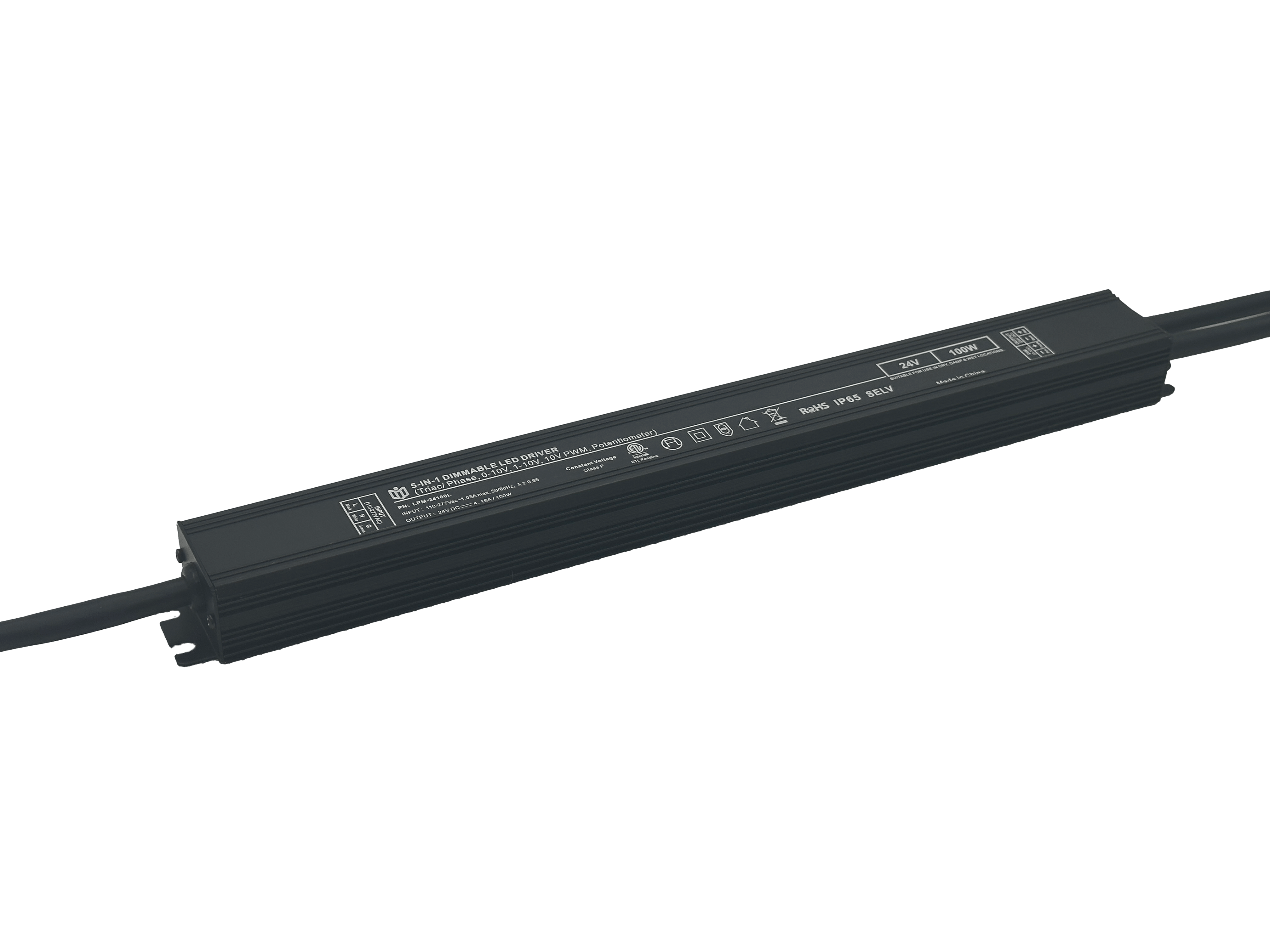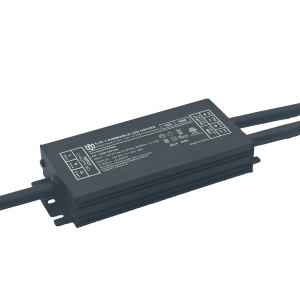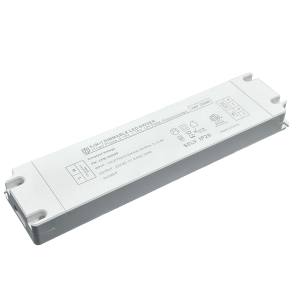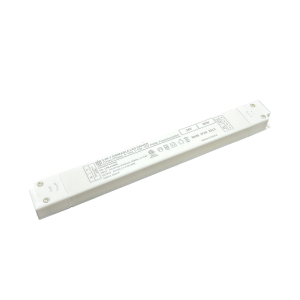The Magic of Light Under Triac Drive: The Art of Transforming Lighting Instantly
Decoding TRIAC Technology: The Heartbeat of Modern Dimming Systems
At the core of revolutionary lighting control lies the humble yet powerful TRIAC (Triode for Alternating Current) semiconductor device. Unlike traditional on/off switches, this bidirectional thyristor acts as an electronic valve, precisely chopping AC waveforms to regulate power delivery to bulbs. By varying the phase angle at which current flows through the circuit, TRIAC dimmers achieve smooth transitions between full brightness and subtle glow – all while maintaining flicker-free performance across thousands of cycles. Advanced models now incorporate microcontrollers that optimize response times below 0.1 milliseconds, making voltage adjustments virtually instantaneous.
Instantaneous Precision: Redefining Light Staging
The true sorcery emerges when we explore temporal responsiveness. Conventional phase-cut dimmers suffer from perceptible lag during intensity changes, creating jarring visual stutters. In contrast, high-frequency TRIAC drivers operate at kilohertz speeds, enabling imperceptible shifts in illumination levels. Picture adjusting restaurant mood lighting mid-conversation without disrupting diners' experiences, or cinematographers finessing key light during takes – these scenarios become possible through sub-frame latency control. Modern implementations even support dynamic presets triggered by voice commands or motion sensors, transforming spaces instantly based on occupancy patterns.
Harmonizing Aesthetics & Functionality Across Fixtures
Compatibility challenges once plagued early adopters, particularly with energy-efficient LED arrays. Today's adaptive TRIAC solutions automatically detect load characteristics using intelligent algorithms, switching between leading-edge/trailing-edge modulation modes autonomously. This breakthrough allows single controllers to manage diverse inventories: vintage incandescent chandeliers coexist peacefully with recessed downlights and colored RGB strips. Manufacturers now offer universal modules supporting 5–240VAC ranges, eliminating separate drivers while preserving dimming depth down to 0.1% output – crucial for theater blackouts or dawn simulation routines.
Architectural Integration & User Experience Design

Beyond technical prowess, successful deployment demands ergonomic interface innovation. Tactile sliders remain popular for their tactile feedback, but capacitive touch panels increasingly dominate luxury installations with gesture recognition capabilities. Cloud connectivity further expands possibilities – imagine syncing porch lights with sunset algorithms via smartphone apps, or coordinating multiroom scenes through centralized hubs. Safety certifications like UL968 ensure compliance across residential and commercial applications, while surge protection safeguards sensitive electronics from grid fluctuations common in older buildings.
Sustainable Brilliance Through Intelligent Management
Energy audits reveal startling facts: proper dimming can slash consumption by up to 75% compared to steady operation. When paired with daylight harvesting sensors, TRIAC systems create self-regulating environments that reduce carbon footprints without compromising visual comfort. Hospitality sectors report guest satisfaction increases exceeding 30% after retrofitting rooms with adaptive lighting schedules. For facility managers, predictive maintenance alerts based on usage patterns prevent unexpected failures during critical operations.
Future Horizons: Where Light Becomes Interactive Medium
Emerging trends point toward holistic sensory experiences blending illumination with soundscapes and thermal comfort zones. LiFi (Light Fidelity) trials demonstrate data transmission through modulated light waves alongside primary functions. Biometric adaptation – adjusting spectrum based on circadian rhythm analysis – promises wellness benefits beyond mere illumination. As AI learns individual preferences over time, tomorrow's systems will anticipate needs before they arise, turning ordinary spaces into personalized sanctuaries through the quiet magic of controlled electron flow.
 A New Benchmark in Energy Sav
A New Benchmark in Energy Sav
 The Future Outlook for Triac
The Future Outlook for Triac
 The Application Advantages of
The Application Advantages of
 Innovative Design + Outstandi
Innovative Design + Outstandi
